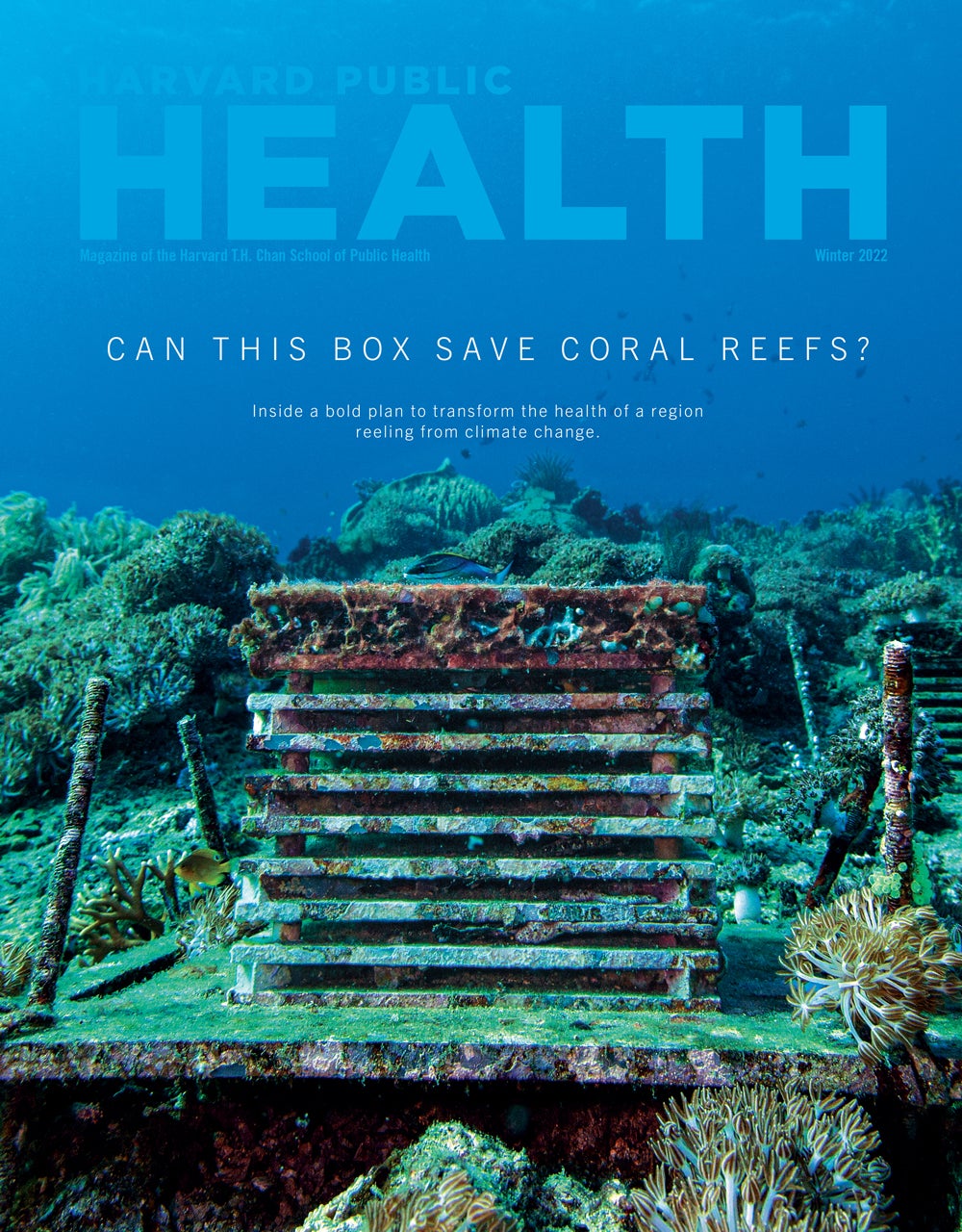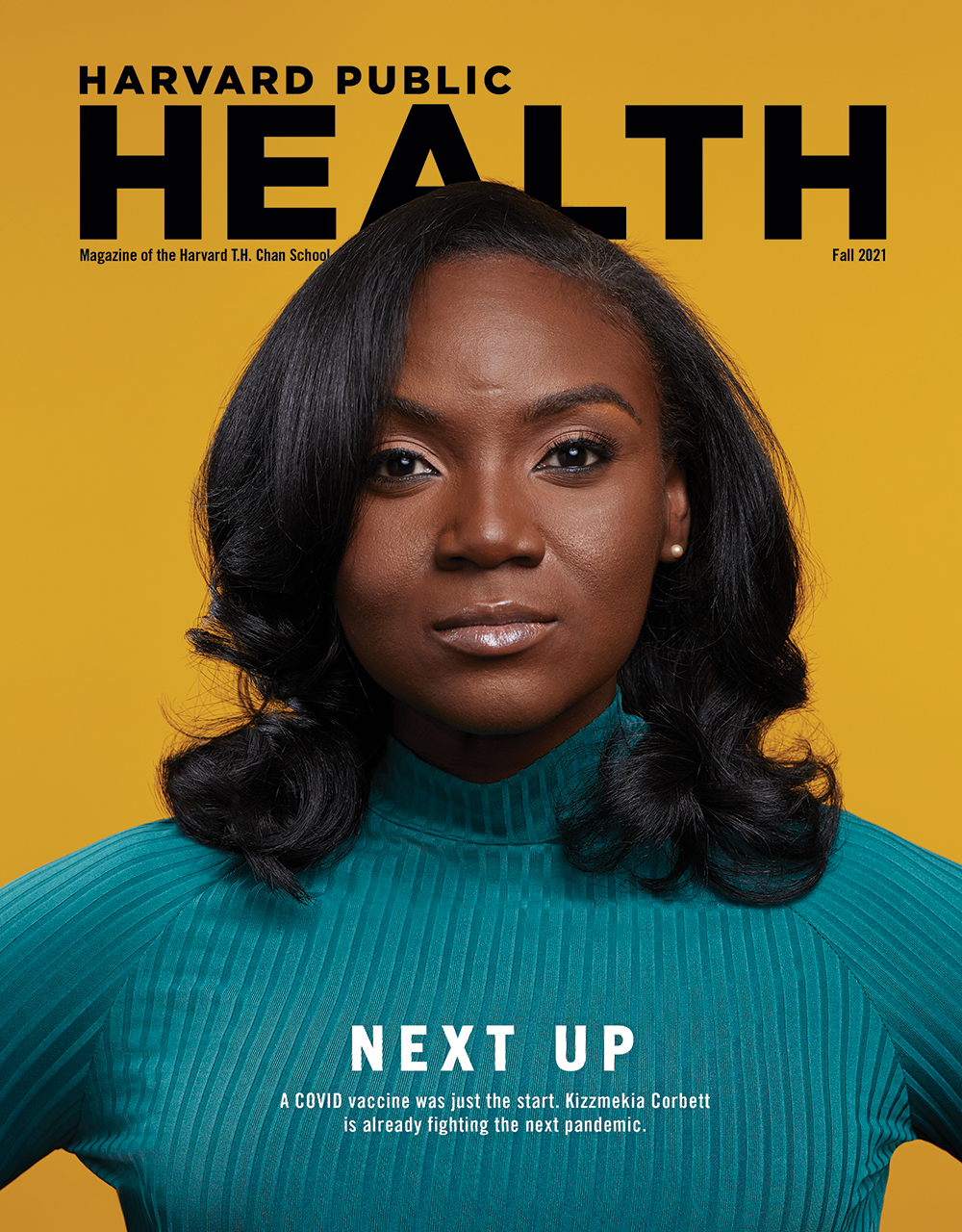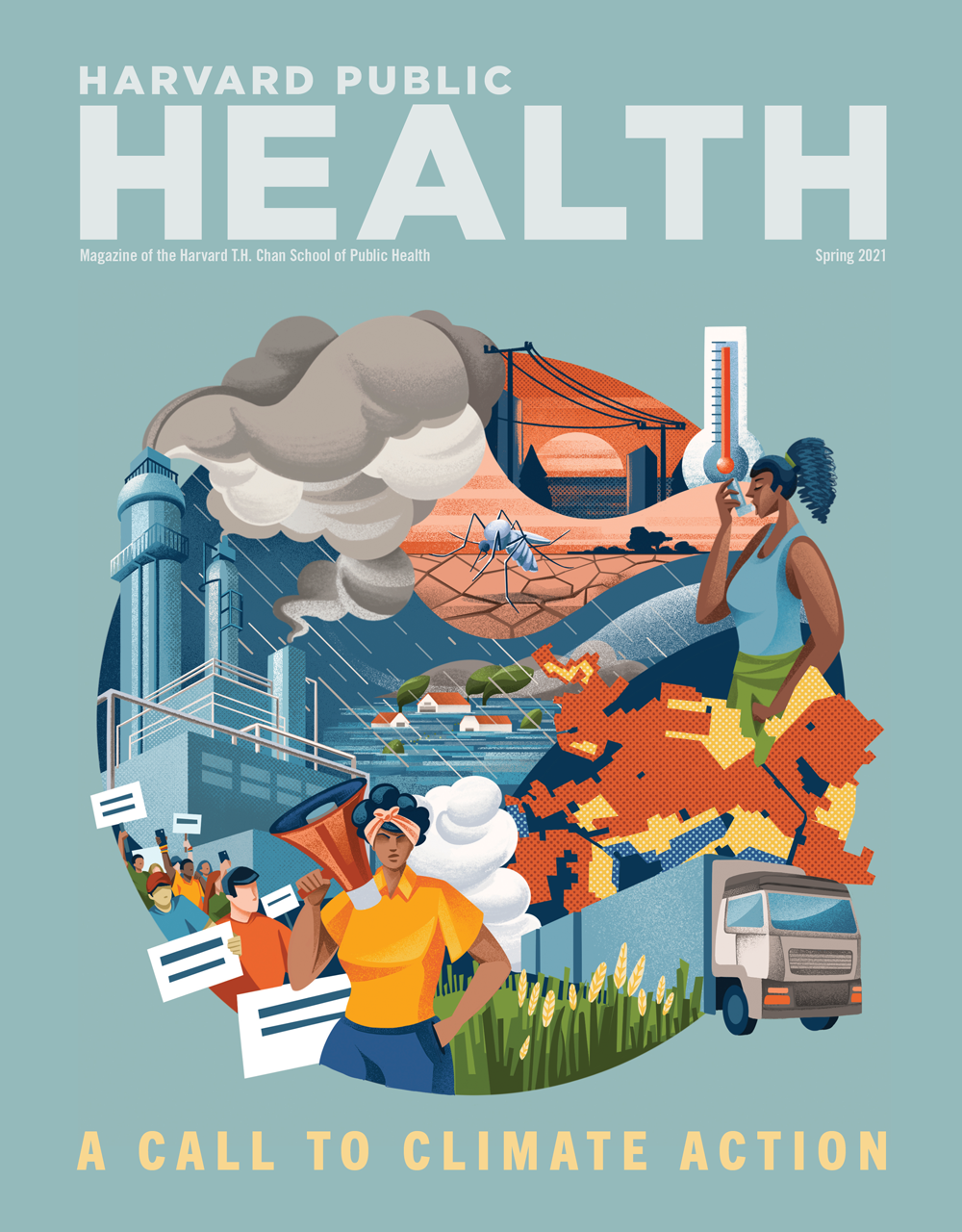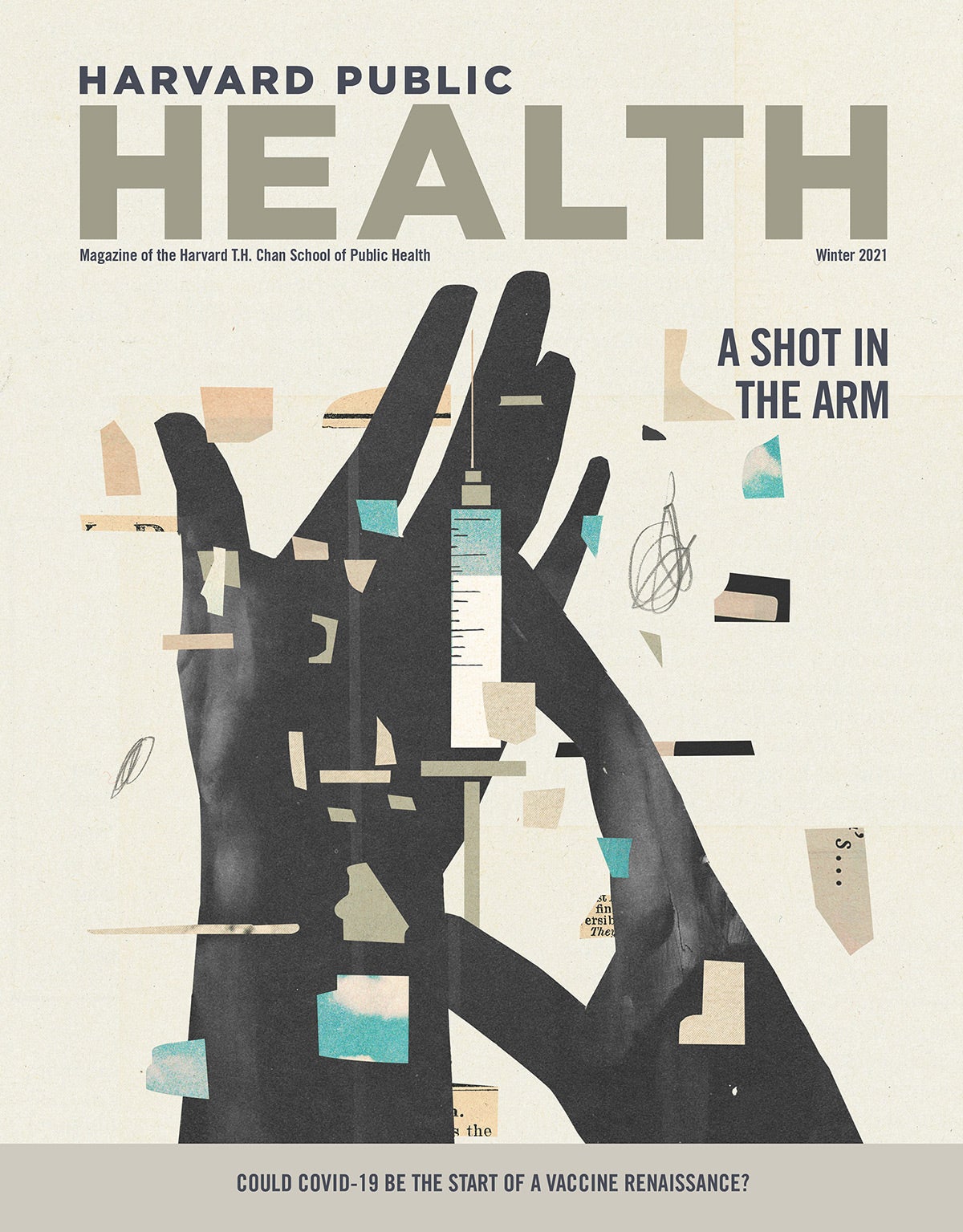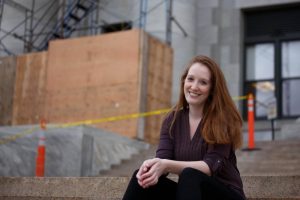
Emily Sparer may be the first Harvard T.H. Chan School of Public Health student to have construction workers cheering her on at her dissertation defense. Sparer, who graduated in May with an SD in occupational safety and ergonomics, developed a safety communication program for construction sites built on a simple, low-cost idea: Take the safety data that managers already gather and share it with the workers.
Posters at Sparer’s pilot sites around Boston displayed safety scores each week, broken down by subcontractor, to encourage workers and managers to look at conditions outside of their own area and trade. Sites with high ratings earned a free lunch at the end of the month. As a result of participating in the program, workers are reporting improved teamwork and better communication around safety—and they want it to continue.
“At my defense, one of the construction workers in the audience said that he and his coworkers had met with their corporate-level safety people to see if they could adopt the program companywide,” Sparer says. “That felt like completing a circle—I developed the program, tested it, and now it’s being implemented on work sites. That’s what I want to do with my work: take it beyond a published paper into the real world.”
Dangerously dynamic environments
Construction workers suffer from high rates of work-related injuries such as broken bones and loss of vision and hearing, in addition to chronic health problems such as shoulder, low back, and knee pain. Sparer first became interested in improving their health while she was working for an environmental consulting firm and touring industrial sites across the country. She had recently graduated from Barnard College, where she studied pre-med and environmental science, and found that occupational health was an intriguing way to combine her passions.
“The workplace is a direct interaction between environment and health,” she says. “What struck me about construction sites is how dynamic and fluid they are. You can be on a site one day talking to people, and come back the next day to find a giant hole or a wall in the spot where you were standing. Safety systems need to be designed for an environment that is constantly evolving.”
After enrolling at the Harvard Chan School, Sparer began working with Jack Dennerlein, adjunct professor of ergonomics and safety, on construction work site safety research that would later develop into her thesis. She explored the ways that hazards are communicated— or not communicated—between workers and managers, and among trades.
On most work sites, Sparer says, a manager from the general contracting company regularly walks the site to take note of positive and negative working conditions: Is scaffolding properly secured? Are ladders in good condition? The information may be shared with insurance companies or government inspectors, but typically not with workers. As part of Sparer’s program, supervisors received a weekly narrative report from her, including a description of both safe and hazardous working conditions, which they were encouraged to share with their crews. For many workers, this was the first time in their rough-and- tumble jobs that they had received positive feedback for the things they were doing right.
Looking out for each other
Sparer found that the program not only prompted workers to talk about safety but also boosted their sense of shared responsibility for keeping their sites hazard-free. If scores were down, workers and managers noticed and resolved to make changes, she says. “People were looking out for each other’s safety where they hadn’t before.”
Justin MacEachern, a project executive at Gilbane Building Company in Boston, worked with Sparer on two building projects. The program “created a culture of safety on site that I have never experienced before,” he says. “Safety became fun.”
According to MacEachern, one reason for the program’s success is that the program taps into the playful jousting pervasive on construction sites. “I’d see a plumber asking a carpenter where his safety glasses were. That certainly never happened on my projects in the past.”
Adaptable to many work sites
David Michaels, U.S. assistant secretary of labor for occupational safety and health, lauds the program as an innovative alternative to traditional employee safety incentive programs, which typically aim to “correct” workers’ behavior rather than identifying and eliminating safety hazards at the system or worksite level.
The program was designed to be adaptable to different types of construction sites and is broken into components so that companies can freely implement it as their time and budget allow. Sparer believes it could be adapted to fit other types of worksites, such as manufacturing or health care.
Sparer hopes to construct her own career on intervention research in different types of workplaces. This summer, she started a joint fellowship at the Harvard Chan School and Dana-Farber Cancer Institute in Boston analyzing elements in a variety of work environments—from physical hazards to shift work to social networks—that may raise the risk of cancer. As she sees it, “I’d like to be able to look back on my career and see that my research has made a real difference in people’s lives.”
— Amy Roeder is assistant editor of Harvard Public Heath.
